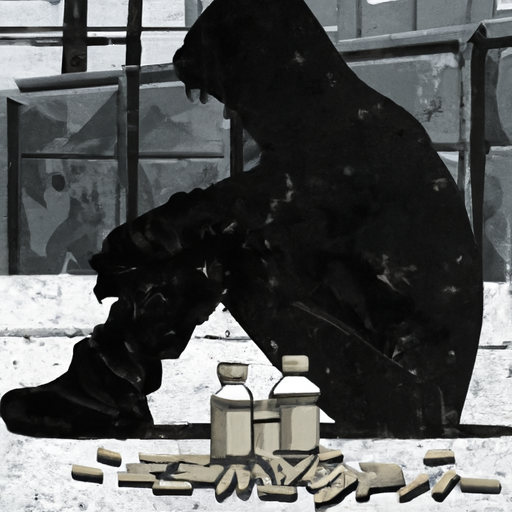Canadian Opioid Crisis: Deep Regional Differences Evident
The surging opioid crisis is not only a grave national concern in Canada but it also reflects deep-seated regional differences. A closer inspection of the problem is crucial to tailor uniquely effective strategies that cater to these diverse local conditions. According to a recent article published by Sault Star, a devastating variation in the scope and nature of the opioid crisis across different areas of the country has been revealed in a study conducted by Algoma Public Health (APH).
The Devastating Effects of the Opioid Crisis
The crisis of opioid misuse and overdose is inflicting a severe impact both in Ontario and across Canada. Similar to countless communities nationwide, Ontario has seen a staggering increase in opioid-related deaths, especially amongst homeless population and individuals with economic vulnerabilities. Aside from the devastating loss of life, the opioid crisis is driving a surge in crime rate and placing an enormous burden on Canada’s healthcare systems.
The APH study brings to light the high frequency of opioid-related deaths in the regions and it also highlights the presence of other drugs, such as methamphetamine, playing a significant role in drug toxicity-related issues.
An Ambitious New Health Strategy
In response to the opioid crisis, the Ontario government, as part of the Canadian opioid abatement class action, has adopted a comprehensive and connected approach. They target to reduce opioid addiction and related deaths via harm reduction strategies, addiction support, enforcing stronger laws and regulations against illicit drug producers and traffickers, and advocating for transparent, responsive, and accountable systems.
The province has taken numerous steps forward including expanding access to naloxone, a life-saving drug which can temporarily reverse an opioid overdose, for at-risk individuals in the community. Furthermore, Ontario has also emphasized the significance of ongoing arduous mental health support.
Opioid Crisis Key Points
The unfolding opioid crisis nationwide calls for immediate attention and a unified effort from communities, public health teams, and government. The report written by the APH has illuminated several key points:
- The opioid crisis is not uniform across the regions, displaying deep regional differences in terms of drug toxicity.
- The crisis continues to surge, inflicting high fatalities particularly among economically vulnerable individuals and the homeless population.
- Not only opioids, but also other drugs such as methamphetamines are contributing to the increasing drug toxicity issues.
- The Ontario government and the wider Canadian opioid abatement class action are advocating for stringent laws against illegal drug producers, pushing for naloxone accessibility, and promoting a holistic healthcare approach for those struggling with addiction.
Conclusion and Moving Forward
It is critical to understand the complexity and regional differences of the opioid crisis in order to formulate tailored solutions that meet the unique requirements of each area. Addressing this root cause of the issue is fundamental in tackling such a multifaceted problem.
In the face of an unprecedented opioid crisis, a robust response is required at every level. Despite the numerous challenges, it is crucial to remember that the fight against this epidemic is not unwinnable. With tailored interventions, proactive harm reduction strategies, and timeless commitment, we can collectively make a significant impact towards saving lives from opioids.
